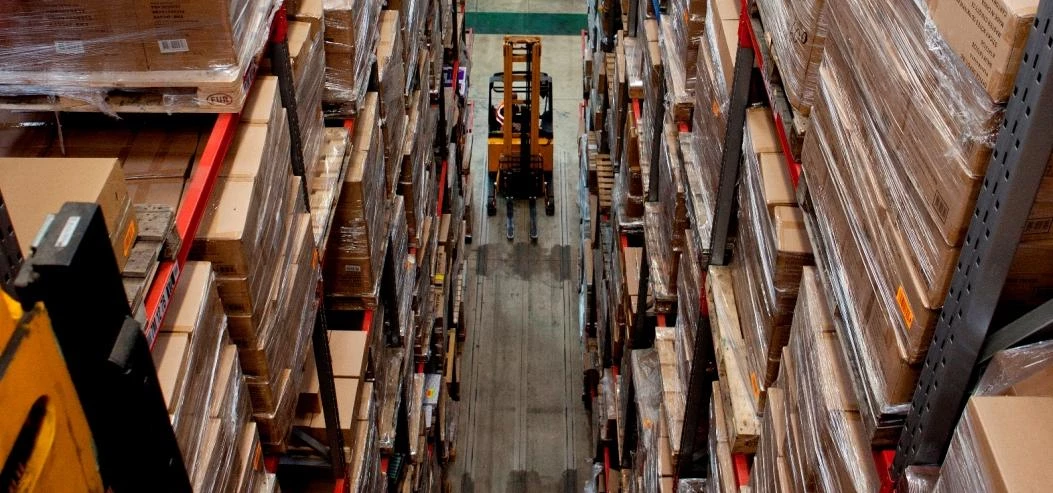
Partner Article
Walking the tightrope of supply chain management
With the economy in gradual recovery, businesses are more aware than ever of the need for every aspect of their operations to support growth, not least the supply chain. Anticipating risk and potential break-downs are therefore key to meeting demand and enhancing customer relationships – crucial elements of ensuring growth at a time when competition is arguably fiercer than ever.
Understanding potential risks comes from maintaining constant visibility throughout the length of the supply chain, consolidating the number of suppliers used and ensuring that exchanges are rooted in strong relationships – when combined, not only do these attributes help maintain a competitive advantage, but also drive long-term partnerships and growth in innovation.
While these statements are useful, it is necessary to drill down to exactly how this can be achieved on the ground:
1. Ensure appropriate checks and measures are in place throughout the supply chain
2. Select clear key performance indicators (KPIs) from the outset and ensure these are adhered to by partners
3. Put a robust system in place that allows these KPIs to be regularly monitored
4. The time spent monitoring each supplier should fall in line with the value of an individual contract
Understanding is as important as visibility, as the activities of the second and third tier vendors used by each supplier cannot simply be ignored. Buyers have a responsibility for monitoring these to ensure that stringent health & safety, as well as employment laws are adhered to. Ignorance is the enemy when it comes to supply chain visibility so buyers must make it their responsibility to audit their supplier networks to minimise the risk of unlawful practices.
It is vital not to over-complicate the supply chain by working with too many suppliers. Consolidating the number of suppliers used is therefore advisable. Of course, the selection of suppliers should be squarely based on key criteria, with quality, as well as cost being top of the considerations list.
Furthermore, it is essential that there is close collaboration between buyers and their suppliers. There must be a degree of trust between parties, as confidential information often needs to be exchanged in order to feed a deeper understanding of mutual needs. However, parties can protect ownership of key data when backed up by a non-disclosure agreement, putting a guarantee in place to allow this kind of activity to continue freely.
It may be straightforward to put supply chain agreements in place and leave them to their own devices. However, backtracking once an issue arises is far more difficult than putting the right checks in place to address problems before they arise – and many have only discovered this through experience. It is therefore crucial that businesses take a consistent and detailed approach to supply chain management in order to properly take advantage of the ongoing upturn in the economy.
Nigel Crunden is a business specialist at Office Depot, download their free supply chain guide here
This was posted in Bdaily's Members' News section by Office Depot .
Enjoy the read? Get Bdaily delivered.
Sign up to receive our popular morning National email for free.








 Powering a new wave of regional screen indies
Powering a new wave of regional screen indies
 A new year and a new outlook for property scene
A new year and a new outlook for property scene
 Zero per cent - but maximum brand exposure
Zero per cent - but maximum brand exposure
 We don’t talk about money stress enough
We don’t talk about money stress enough
 A year of resilience, growth and collaboration
A year of resilience, growth and collaboration
 Apprenticeships: Lower standards risk safety
Apprenticeships: Lower standards risk safety
 Keeping it reel: Creating video in an authenticity era
Keeping it reel: Creating video in an authenticity era
 Budget: Creating a more vibrant market economy
Budget: Creating a more vibrant market economy
 Celebrating excellence and community support
Celebrating excellence and community support
 The value of nurturing homegrown innovation
The value of nurturing homegrown innovation
 A dynamic, fair and innovative economy
A dynamic, fair and innovative economy
 Navigating the property investment market
Navigating the property investment market